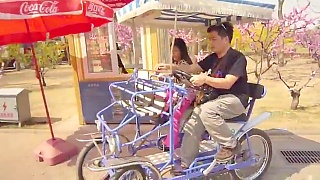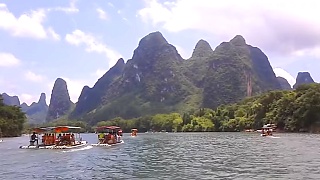Known as Lhagang! Tashi Delek in Tibetan.
TaGong Monastery lies within beautiful hilly grasslands ...
[640],shadow=true,start=,stop=
Live more ...
 TaGong 塔公, in a Tibetan part of western SiChuan province
TaGong 塔公, in a Tibetan part of western SiChuan provinceKnown as Lhagang! Tashi Delek in Tibetan.
TaGong Monastery lies within beautiful hilly grasslands ...
[640],shadow=true,start=,stop=

|
With Wei's Travel ...
|

|
Architectural design and decor inspiration 激发美好生活理念的灵感
Bonus film - Five friends each transforms a random house in the suburbs of BeiJing and their work becomes a big success 北京5個好友,改造房子後,帶火整個村
|

|
With Perfect Day Pursuit ...
|

|
The world's largest, with BeiJing a close second.
With Jason / Living in China ...
And ShenZhen ...
|

|
Selena is from the Philipines.
The first film features LongQing Gorge, an acrobatics show and BaDaLing Great Wall.
The second, Beijing Zoo, the Olympic Park and ChaoYang Park ...
|

|
The Li River between YangShuo and GuiLin, plus the '2 rivers, 4 lakes GuiLin night cruise', GuangXi province ...
|

|
The best; only in China. Reality vs propaganda.
With JM WORLD ...
You don't know China, till you've been there.
Bonus film - ShenZhen Talent Park ...
|

|
With Garland Nixon ...
|

|
Dr Rangan Chatterjee talks with professor David Sinclair ...
|